Multigenerational living is on the rise. Higher house prices, longer lifespans and increasing care costs mean more people are choosing to move mum or dad into their home.
We can see the appeal, it’s an opportunity to re-connect and share new experiences with them – plus you’ll get an in-house babysitter!
Before the big move there’s work that needs to be done to ensure the house is ready for everyone to live together. Here are some easy steps for getting your home (and your head) ready.
Step 1: On the move
First, think about getting from A to B. Is there a step up into your home or into the back garden?
Installing a ramp makes steps easier and railings will offer extra support for navigating stairs into or around the home.
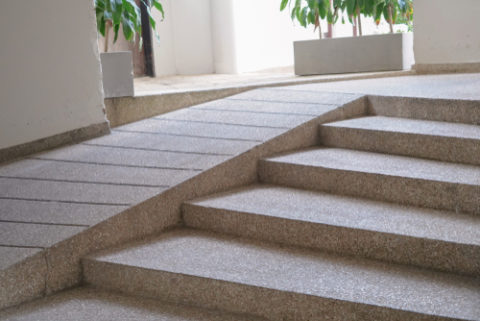
If mum or dad has trouble managing stairs then think about installing a chairlift. They may not be happy with the idea of using one, but once they’re used to it they’ll thank you!
For those who spend the night traipsing back and forth to the bathroom, nightlights in the hallway should help make desperate times easier.
Invest in anti-slip rugs to prevent any stumbles on the way, and be sure to tape down lose carpet ends, wires or anything that could easily be tripped over.
Step 2: Changing rooms

In a perfect world, you’d have a bedroom on the ground floor to eliminate the need to tackle stairs.
If you don’t, do you have an attic, basement, or spare room that you can convert into a bedroom? You may need to move another family member here so that you can settle mum or dad into a first floor room.
Step 3: There’s no place like home
The move is a big change for all, but it’ll feel biggest to the person moving in. Remember they’re leaving their home, with all its familiarities, to become a guest somewhere new.
Help make the move easier by encouraging them to bring home comforts with them. Photos, bedding, cushions, ornaments and books will help them settle in quicker, and create a more homely environment.
Step 4: Bathtime
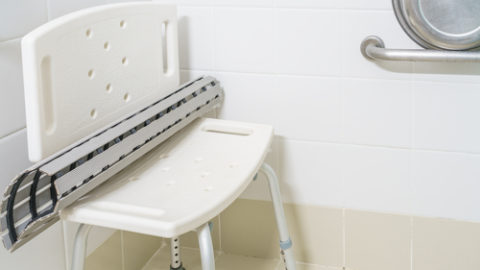
Who doesn’t love a long soak in the tub once in a while? Install bath rails and non-slip bathmats to help prevent slips in and out of the bath or shower.
If they can’t make it into the tub you’ll need to consider a walk-in bath, or installing a shower in a downstairs bathroom.
Make sure you discuss their preference with them – it’s a sensitive subject but important if you’re making serious modifications at home.
Instead of buying new toilets throughout the house, install adjustable toilet seats. They make it much easier to get up and down when you need to – and will help avoid any awkward calls for help.
Step 5: Clear the clutter
Picture source: Pinterest
As much as they’ll deny it, old people have shuffling feet and eyes that just aren’t as good as they used to be. They’ll potentially need a walking stick, walker or wheelchair to move around the house.
Clutter is a trip hazard, and a serious no-go. Hallways, stairs, doorways, everywhere needs to be clear of everything – kids toys, gym equipment and piles of shoes.
The more space you create the better – do you really need that cabinet in the hallway or that extra arm-chair in the lounge? It may be worth investing in a self-storage unit to keep larger items safe. You don’t want anyone (or anything) to get hurt in an accident.
Step 6: ‘Have you got a spare cardi?’

Eldery people feel the cold more and it can feel like they somehow find the only draught in the whole house. They don’t mean to be annoying, they just move less so feel the cold much more.
In the winter, ensure radiators in common areas and their bedroom are turned up, and put draft excluders under doors and windows.
Step 7: Make time for ‘me time’

Having another dependent adult in the house is going to take some time to get used to. You’ll both want time to yourself, so figure out when that will be and make sure it happens.
Enlist other members of the family to help out by looking after granny for the afternoon if need be. If you all chip in you’ll help make the move a positive one for everyone involved.
Have you moved an elderly member of your family back home recently? How did you find it? Share your experiences, hints, tips, lessons or things to avoid below.
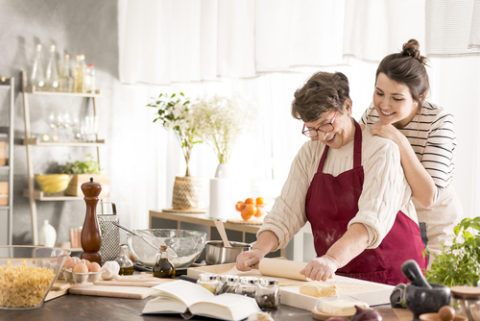
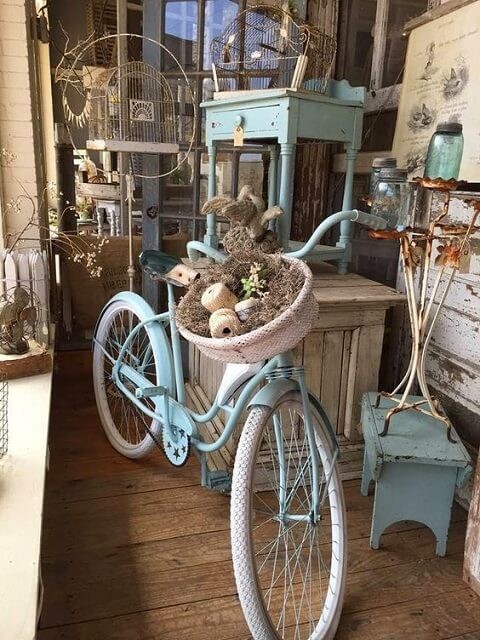

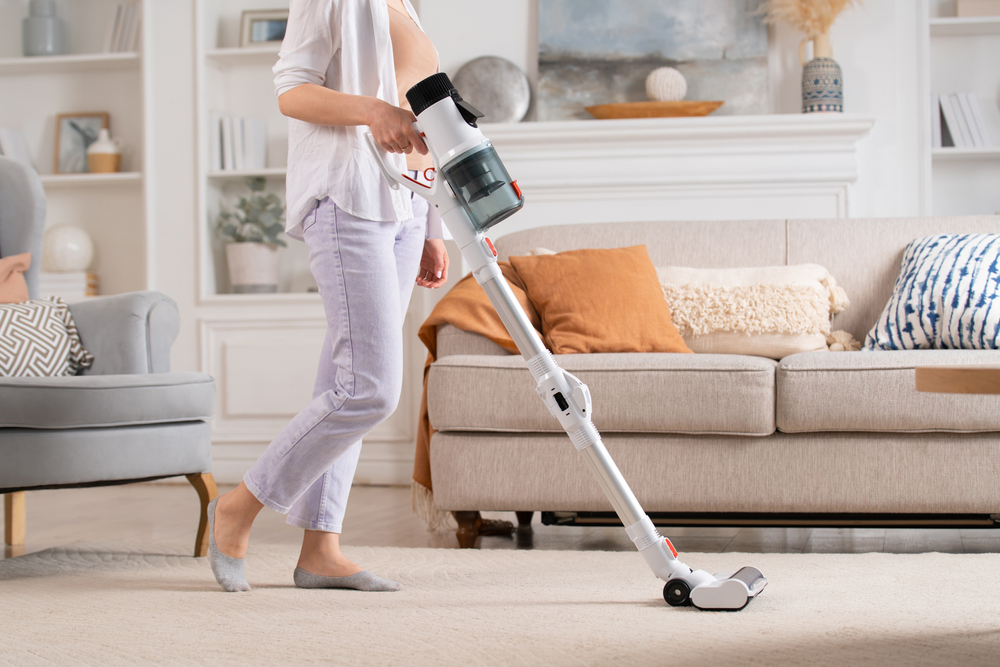

Leave a Reply